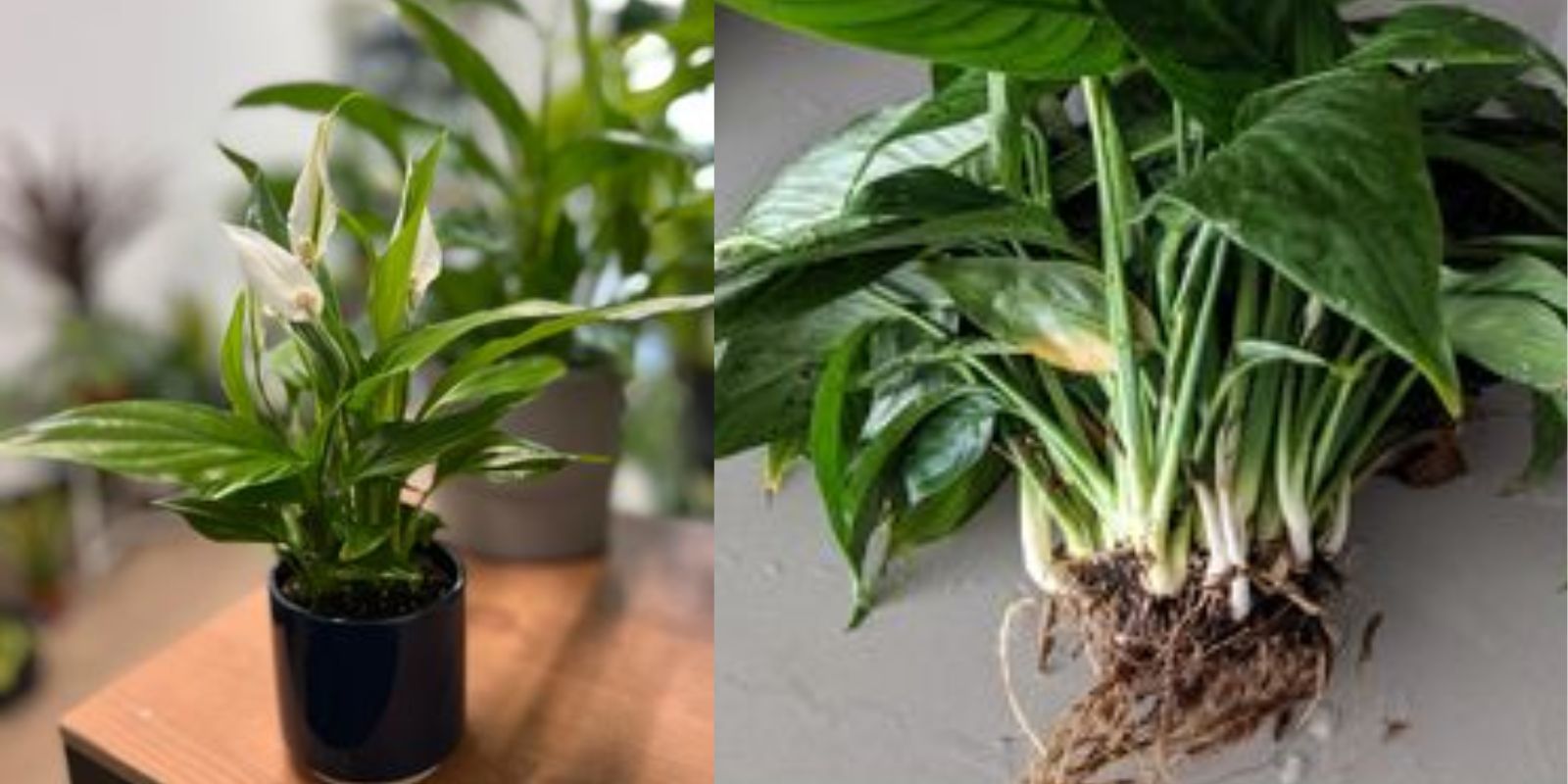Peace Lilies, with their lush green leaves and striking white blooms, are a favorite among indoor plant enthusiasts. Known scientifically as Spathiphyllum, these plants are not only beautiful but also renowned for their air-purifying properties. While Peace Lilies are relatively easy to care for, there’s a secret watering technique that can help them grow five times faster. In this article, we will explore how to achieve this incredible growth boost and provide detailed care tips to keep your Peace Lily thriving.
Introduction
Peace Lilies are popular houseplants that thrive in low light and can tolerate some neglect. They are perfect for adding a touch of greenery to your home and are known to improve indoor air quality by removing toxins. However, many plant owners are unaware that there is a simple and natural way to significantly enhance their growth rate. By using a special watering solution, you can help your Peace Lily grow faster and healthier.
The Secret Watering Solution
The key to supercharging your Peace Lily’s growth lies in a simple mixture of Epsom salts and water. Epsom salts, or magnesium sulfate, are known to provide essential nutrients that plants need to grow. Magnesium is a critical component of chlorophyll, the molecule responsible for photosynthesis, while sulfur is vital for various plant processes.
Steps to Prepare and Use the Watering Solution
- Prepare the Solution: Mix one tablespoon of Epsom salts in one gallon of water. Stir well until the salts are completely dissolved.
- Water the Plant: Use this solution to water your Peace Lily every two weeks. Ensure that the soil is moist but not waterlogged.
- Ensure Proper Drainage: Peace Lilies do not like to sit in water. Make sure your plant pot has adequate drainage to prevent root rot.
- Provide Indirect Light: Place your Peace Lily in a spot where it receives bright, indirect light. Direct sunlight can scorch the leaves, while too little light can stunt growth.
- Monitor Growth: Keep an eye on your Peace Lily’s progress. With regular use of the Epsom salt solution, you should notice faster growth and healthier foliage.
Detailed Care Tips for Peace Lilies
While the Epsom salt solution can significantly enhance your Peace Lily’s growth, it’s essential to provide overall good care to ensure your plant remains healthy and vibrant.
Light Requirements
Peace Lilies thrive in low to medium light conditions, making them ideal for indoor environments. They can tolerate low light but will grow more vigorously in bright, indirect light. Avoid placing them in direct sunlight, as this can cause the leaves to scorch.
Watering Schedule
Peace Lilies prefer consistently moist soil but do not like to be waterlogged. Water your plant when the top inch of soil feels dry to the touch. In addition to the Epsom salt solution, use regular waterings to keep the soil evenly moist. If the leaves start to droop, it’s a sign that your Peace Lily needs water.
Humidity and Temperature
Peace Lilies thrive in high humidity and warm temperatures. They prefer a temperature range of 65-80°F (18-27°C). If your home is dry, especially during winter, consider using a humidifier or placing a tray of water near the plant to increase humidity.
Fertilizing
In addition to the bi-weekly Epsom salt solution, fertilize your Peace Lily every 6-8 weeks during the growing season (spring and summer) with a balanced, water-soluble fertilizer. This will provide the essential nutrients needed for robust growth.
Pruning and Maintenance
Regularly remove any yellow or brown leaves to keep your Peace Lily looking its best. Pruning spent flowers will encourage new blooms. Cleaning the leaves with a damp cloth can help keep them dust-free and enhance their ability to photosynthesize.
Repotting
Peace Lilies prefer to be slightly root-bound, but they will need repotting every 1-2 years to refresh the soil and provide more room for growth. Choose a pot that is 1-2 inches larger in diameter than the current pot and use a well-draining potting mix.
Common Issues and Solutions
Yellowing Leaves
Yellow leaves can indicate overwatering, underwatering, or a lack of nutrients. Ensure you are following the proper watering schedule and consider adjusting your fertilization routine.
Brown Leaf Tips
Brown tips on the leaves are often a sign of low humidity or exposure to direct sunlight. Increase humidity around the plant and ensure it is not in direct sunlight.
Pest Infestations
Peace Lilies are generally resistant to pests, but they can occasionally suffer from spider mites, aphids, or mealybugs. Treat infestations with insecticidal soap or neem oil and keep the plant clean to prevent pests.
Benefits of Peace Lilies
Apart from their aesthetic appeal, Peace Lilies offer several benefits:
- Air Purification: They are known to remove toxins such as benzene, formaldehyde, and trichloroethylene from the air, improving indoor air quality.
- Low Maintenance: Peace Lilies are relatively easy to care for, making them ideal for both novice and experienced plant owners.
- Versatility: They can thrive in a variety of indoor conditions, from low light to bright, indirect light.
Conclusion
By incorporating the Epsom salt solution into your Peace Lily care routine, you can significantly boost its growth and enjoy a lush, healthy plant. This simple yet effective method provides essential nutrients that enhance the plant’s natural growth processes. Remember to complement this technique with proper overall care, including appropriate light, watering, humidity, and regular maintenance.
Motivation:
Ready to see your Peace Lily thrive like never before? Give the Epsom salt watering solution a try and watch your plant grow five times faster! Share your experiences and results with fellow plant enthusiasts and inspire others to elevate their gardening game.

